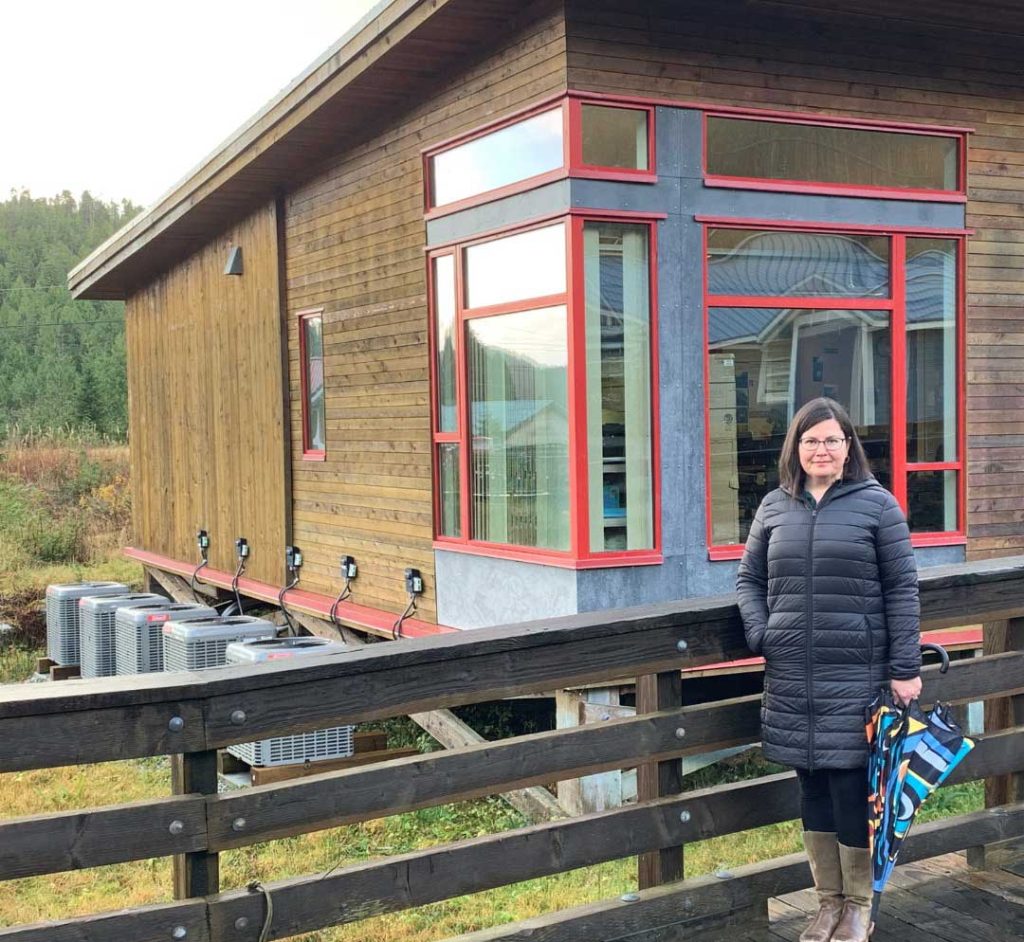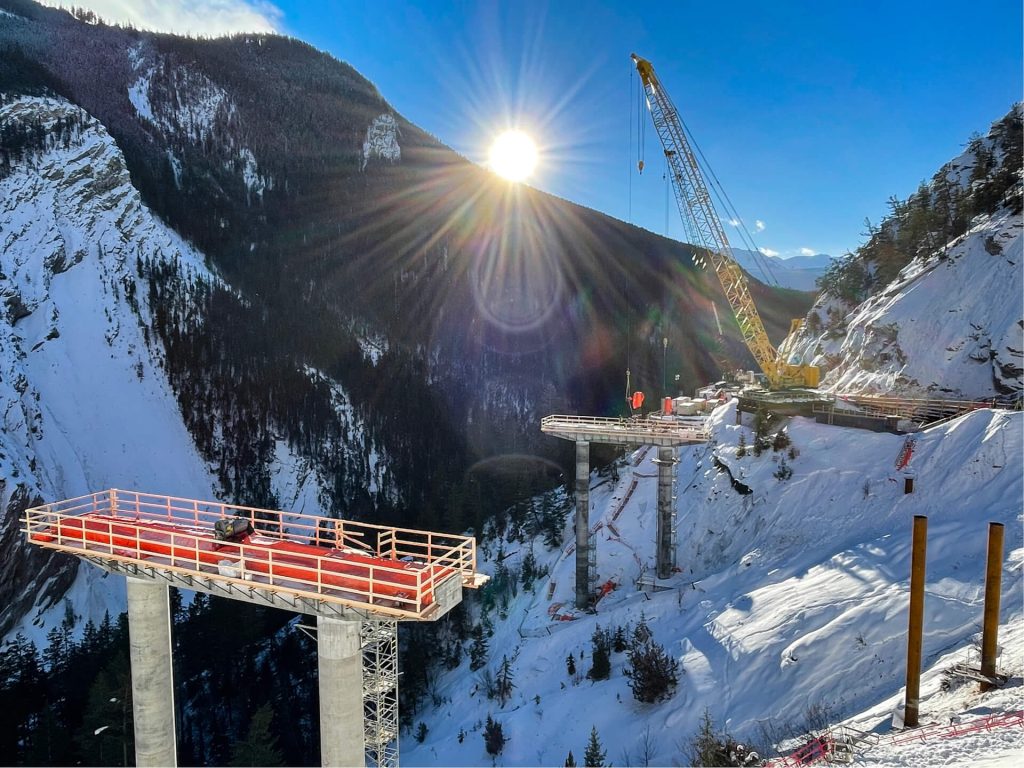British Columbians are taking action on climate change
CleanBC is here to help – by bringing people together to build a better future and protect the place we call home.
Clean Coast, Clean Waters is an important part of the CleanBC Plastics Action Plan to reduce plastic pollution.
Cleaning coastal communities
Preventing and cleaning up marine pollution is essential to healthy and productive coastal communities in British Columbia. With programs like Clean Coast, Clean Waters we’re helping bring communities together to help restore the health and safety of our marine ecosystems.
B.C.’s coastline and the Salish Sea are unique and celebrated ecological regions, which reflect the passion so many people in B.C. have for the natural environment.
First Nations and partner organizations, like Coastal Restoration Society, are taking a leadership role in protecting and restoring the health of these marine ecosystems, with funding from the Clean Coast, Clean Waters initiative.
As the largest shoreline cleanup in provincial history, more than 1,500 tonnes of plastics pollution and marine debris have been removed from over 4,600 kilometres to date. More than half of this debris has been recycled or upcycled.
Restoring ecosystems
In the face of climate uncertainty, it’s more important than ever to protect natural ecosystems. We can take action to support healthier habitats for fish and wildlife and reduce the impacts of flooding. That’s exactly what people are doing in the Comox Valley with the Kus-kus-sum project.
Project Watershed is working with the K’òmoks First Nation and the City of Courtenay. They’re taking apart a former sawmill on the Courtenay river. With support from the Province, they’re replacing concrete and rebar with native plants and trees. Their goal is to recreate a riverside forest and saltmarsh estuary habitat.
The project will help protect at least nine fish species, including salmon, and hundreds of different types of birds and plants. All while supporting local jobs for people.
Explore the Healthy Watershed Initiative for more examples of similar projects.
This is just one example of how B.C. is using natural solutions to take action on climate change. Learn about more solutions in the Climate Preparedness and Adaptation Strategy – a key part of CleanBC.
We want to keep our momentum going and meet our CleanBC goals. That’s why we’re increasing our investment in mass timber through our Mass Timber Demonstration projects.
Investing in good, sustainable jobs
To build a clean future for B.C., we need good jobs for people in sustainable industries. This means creating innovative new products like mass timber.
Mass timber is compressed wood that is as strong as concrete and steel, but lighter weight. It’s renewable and uses less fossil fuels to produce, so it can reduce carbon pollution by up to 45%.
Mass timber creates new jobs for people in every corner of the province.
B.C. is leading the country in mass timber construction. We have more than 300 mass timber buildings completed or already underway. We’re working with B.C. manufacturers to build new schools, firehalls, airport expansions, and on-campus dining halls.
Strengthening food security
Climate change is altering our planet and our ability to get the food British Columbians rely on. It’s more important than ever to grow and produce food here in B.C.
Regenerative agriculture is important to the future of growing food locally. It can also help combat the impacts of climate change. Take Lucent BioSciences, a Vancouver-based company with 36 employees. They’re on a mission to deliver crop nutrition that improves yields and soil health while sequestering carbon.
We know companies like Lucent BioSciences in the Agritech industry will play a big role in the future of farming. That’s why we launched a new BC Centre for Agritech Innovation with our partners. The Centre will help companies develop new ways to strengthen B.C.’s food security. It also positions our province as a world leader in agricultural technology.
The new Centre for Agritech Innovation at Simon Fraser University will help academia, government and industry collaborate. Together, we can create diverse and resilient food supply chains.

Climate actions working for you

Hartley Bay heats up (and cools down) with energy saving heat pumps
100% of the people in Hartley Bay, a Gitga’at community on the north coast, now have energy efficient heat pumps in their homes – keeping them cool in the summer and warm in the winter, all while lowering their heating bills and shrinking the community’s carbon footprint. Heat pumps also provide air filtration, reducing risks from wildfire smoke during summer months.
The switch to heat pumps was supported by the CleanBC Indigenous Community Heat Pump Incentive, which helps make clean choices for residential and community buildings affordable and accessible.

Rebuilding roads and infrastructure
Atmospheric rivers are streams of water vapour that travel through the sky. When they cross over land, they turn into rain or snow — about a month’s worth in a few days. The bigger and more intense an atmospheric river is, the more likely it will cause floods.
In 2021, two back-to-back atmospheric rivers hit B.C., causing flooding and landslides. It destroyed homes and highways, and cut off B.C. from itself.
Teams of dedicated B.C. road workers have already repaired many of the highways we depend on. Workers continue to rebuild and prepare for future weather events.


